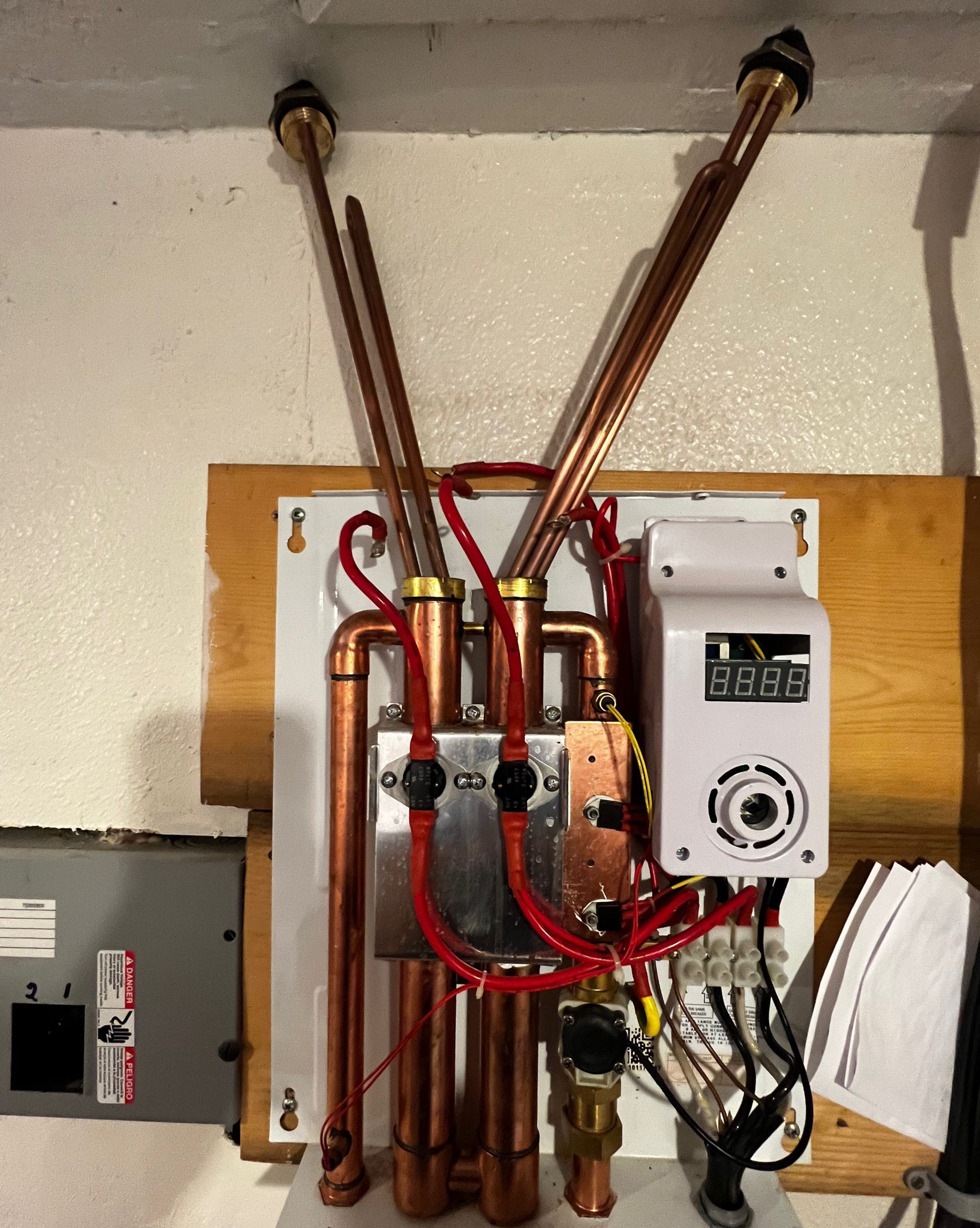Straightforward Methods to Care for Your Home's Hot Water System Properly
Straightforward Methods to Care for Your Home's Hot Water System Properly
Blog Article
We've stumbled upon this great article pertaining to Tips For Maintaining Your Hot Water Heater below on the web and figured it made sense to quickly share it with you in this article.
:max_bytes(150000):strip_icc()/how-to-drain-a-water-heater-2719055-hero-35f0548b0f1f42f0b13ba96a33ab8da2.jpg)
Hot water is necessary for everyday convenience, whether it's for a revitalizing shower or cleaning dishes. To guarantee your warm water system runs effectively and lasts longer, regular upkeep is crucial. This post provides practical ideas and insights on exactly how to maintain your home's warm water system to stay clear of disturbances and pricey repair work.
Intro
Preserving your home's hot water system may seem complicated, but with a few simple steps, you can guarantee it operates efficiently for many years to come. This guide covers everything from comprehending your warm water system to DIY upkeep ideas and knowing when to call professional assistance.
Significance of Preserving Your Warm Water System
Routine maintenance not only expands the life-span of your warm water system yet additionally guarantees it operates effectively. Ignoring upkeep can lead to decreased effectiveness, greater energy bills, and also early failing of the system.
Indications Your Warm Water System Demands Upkeep
Recognizing when your warm water system requires focus can avoid significant concerns. Watch out for signs such as inconsistent water temperature, odd noises from the heater, or corroded water.
Understanding Your Hot Water System
Before diving right into maintenance tasks, it's practical to understand the fundamental parts of your hot water system. Typically, this includes the hot water heater itself, pipelines, anode rods, and temperature level controls.
Month-to-month Maintenance Tasks
Normal month-to-month checks can aid capture small problems before they rise.
Purging the Hot Water Heater
Purging your water heater gets rid of sediment buildup, improving performance and extending its life.
Monitoring and Replacing Anode Rods
Anode rods avoid corrosion inside the storage tank. Examining and changing them when worn out is vital.
Examining and Readjusting Temperature Settings
Adjusting the temperature setups makes certain optimum efficiency and security.
DIY Tips for Maintenance
You can carry out a number of upkeep tasks on your own to keep your hot water system in leading condition.
Checking for Leakages
Frequently inspect pipes and connections for leakages, as these can cause water damage and greater expenses.
Testing Pressure Relief Valves
Examining the stress relief valve ensures it functions appropriately and stops extreme stress accumulation.
Protecting Pipes
Shielding hot water pipes minimizes warm loss and can save energy.
When to Call an Expert
While do it yourself upkeep is helpful, some concerns need professional know-how.
Complex Concerns Needing Expert Aid
Instances include major leakages, electric problems, or if your water heater is continually underperforming.
Routine Expert Upkeep Benefits
Professional upkeep can consist of detailed inspections, tune-ups, and making certain conformity with security standards.
Conclusion
Regular maintenance of your home's warm water system is important for efficiency, durability, and price savings. By complying with these suggestions and knowing when to look for professional assistance, you can make sure a dependable supply of hot water without unanticipated disturbances.
How to Maintain an Instant Hot Water Heater
Before tinkering with your hot water heater, make sure that it’s not powered on. You also have to turn off the main circuit breaker and shut off the main gas line to prevent accidents. Also turn off the water valves connected to your unit to prevent water from flowing into and out of the appliance. 2. When you’re done, you have to detach the purge valves’ caps. These look like the letter “T†and are situated on either side of the water valves. Doing so will release any pressure that has accumulated inside the valves while at the same time avoid hot water from shooting out and burning your skin. 3. When the purge valves’ caps are removed, you have to connect your hosing lines to the valves. Your unit should have come with three hoses but if it didn’t, you can purchase these things from any hardware or home repair shops. You can also get them from retail stores that sell water heating systems. Read the user’s manual and follow it to complete this task properly. When the hosing lines are connected, open the purge port’s valves. 4. You should never use harsh chemical cleaners or solutions when cleaning your unit. Make use of white vinegar instead. It should be undiluted and you’ll probably use about 2 gallons. 5. Now flush your water heater. This task should probably take about 40 minutes. We can’t give you specific directions for this because the procedure is carried out depending on the type, model and brand of your heater. With that being said, refer to the user’s manual. 6. When you’re done draining the unit, you have to turn off the purge port valves again. Remove the hosing lines that you earlier installed on each of the water valves. Put the valve caps (purge port) back in their respective places and be very careful so as not to damage the rubber discs that are found inside these caps. 7. Now that everything’s back in place, check your user’s manual again to find out how to reactivate your water heating system. 8. Once it is working, turn one of your hot water faucets on just to let air pass through the heater’s water supply pipes. Leave the tap on until water flows smoothly out of it. https://www.orrplumbing.com/blog/2014/september/how-to-maintain-an-instant-hot-water-heater/

I am very eager about How to Maintain Your Water Heater & Prolong its Life and I hope you enjoyed my blog entry. For those who liked our blog posting if you please consider to share it. Thanks a lot for taking the time to read it.
Check This Out Report this page